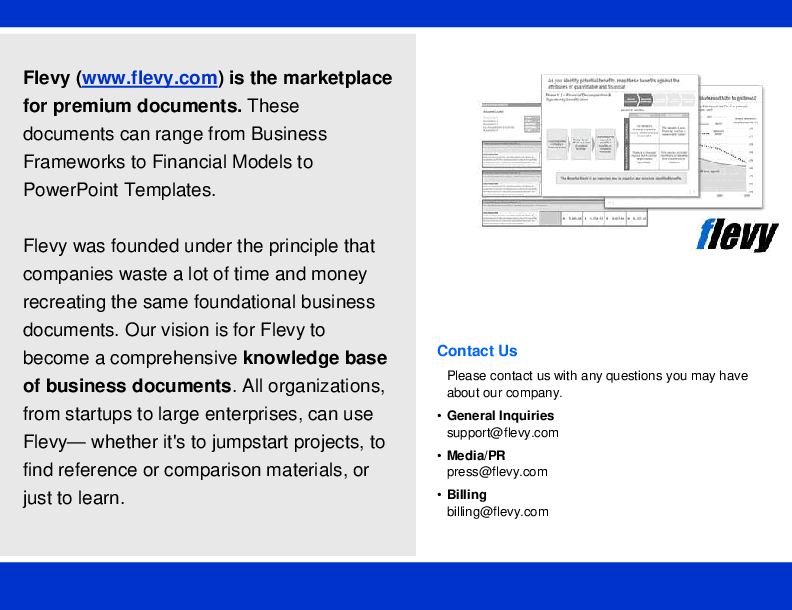Agentic AI - Evolving Governance and Model Risk Requirements (PowerPoint PPTX Slide Deck)
PowerPoint (PPTX) 26 Slides
BENEFITS OF THIS POWERPOINT DOCUMENT
- Responsible AI Model Framework in context with Model Risk Management and Agentic AI
- Agentic AI maturity model along with process, tool and people maturity
- Strategy to assist organizations move to more matured maturity in Agentic AI
ARTIFICIAL INTELLIGENCE PPT DESCRIPTION
This presentation introduces a comprehensive governance model – the Responsible AI Model (RAM) Framework – designed to address the limitations of traditional governance methods in the era of Agentic AI.
As AI systems evolve into complex, multi-agent ecosystems with higher degrees of autonomy, the document provides a strategic roadmap for enterprise architects and technology leaders to build dynamic, scalable, and responsible governance frameworks.
It highlights why traditional governance falls short, citing issues like decision speed, emergent behaviors, accountability gaps, and architectural complexity. The Responsible AI Model (RAM) is introduced as a governance framework that addresses these challenges through four pillars:
We introduce a detailed AI Governance Maturity Model, outlining how organizations should evolve governance structures in tandem with AI maturity, across five levels:
Ad Hoc AI Tools
Repeatable Integration
Active Management
Multi-Agent Systems
Autonomous Force
Practical integration guidance is provided through:
Embedding governance into AI system architectures
Developing governance-aware reference architectures
Designing reusable governance services
Continuous integration patterns for evolving AI ecosystems
In the financial services context, the document links RAM to existing Model Risk Management (MRM) frameworks used by banks, emphasizing how RAM enhances:
Scope of governance
Continuous oversight
Transparency and explainability
Ethical alignment
Proactive bias monitoring
A case study illustrates RAM's practical application in loan underwriting AI, showing how continuous monitoring, autonomy thresholds, and explainability dashboards vastly improve traditional governance models.
The document stresses the importance of change management and cultural alignment for successful AI governance, providing data-backed insights into the ROI of mature governance and emphasizing executive sponsorship and team training.
Common pitfalls (like bureaucracy, business-technical disconnect, and backward-looking governance) are discussed, with strategic recommendations urging early adoption, embedded governance, flexible frameworks, and cultural reinforcement.
Why this framework?
RAM enables governance to evolve naturally from basic AI oversight to sophisticated multi-agent governance without the need for disruptive overhauls.
Continuous Risk Mitigation and Ethical Assurance:
By embedding continuous monitoring and ethical scenario simulation, organizations proactively manage AI risks rather than reacting after failures.
Regulatory Readiness and Trust Building:
RAM enhances transparency, traceability, and explainability, aligning AI practices with emerging global regulatory expectations and strengthening public and stakeholder trust.
Operational Efficiency Through Embedded Controls:
Embedding governance into architecture reduces compliance friction, minimizes redundant documentation, and ensures governance is automatically part of system operations.
Competitive Advantage Through Responsible Innovation:
Organizations adopting RAM frameworks can innovate confidently, accelerating AI deployment while maintaining safety and ethical standards, thus gaining a leadership position in their industries.
Got a question about the product? Email us at support@flevy.com or ask the author directly by using the "Ask the Author a Question" form. If you cannot view the preview above this document description, go here to view the large preview instead.
Source: Best Practices in Artificial Intelligence, Agentic AI PowerPoint Slides: Agentic AI - Evolving Governance and Model Risk Requirements PowerPoint (PPTX) Presentation Slide Deck, Aadhya Solutions









